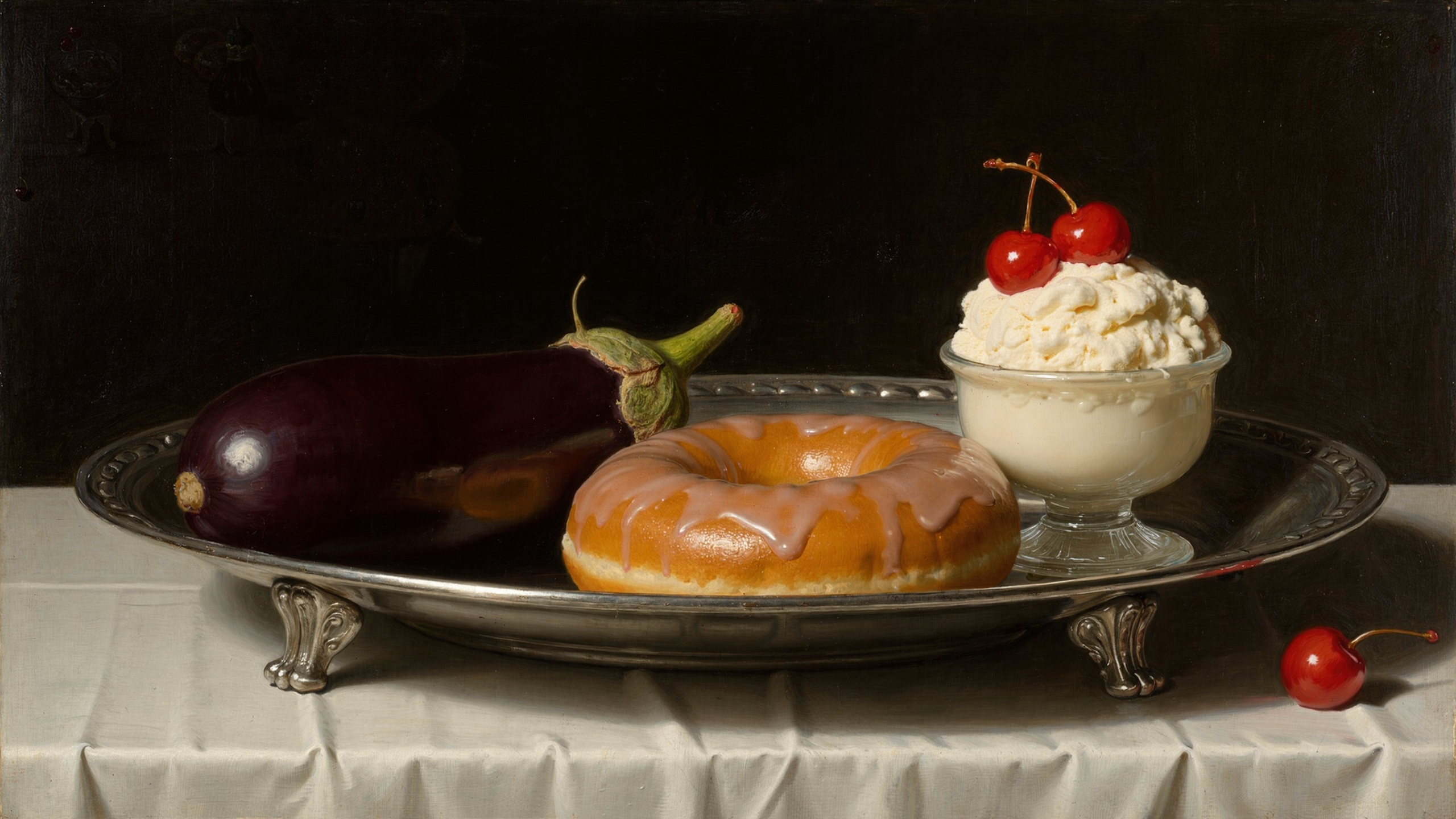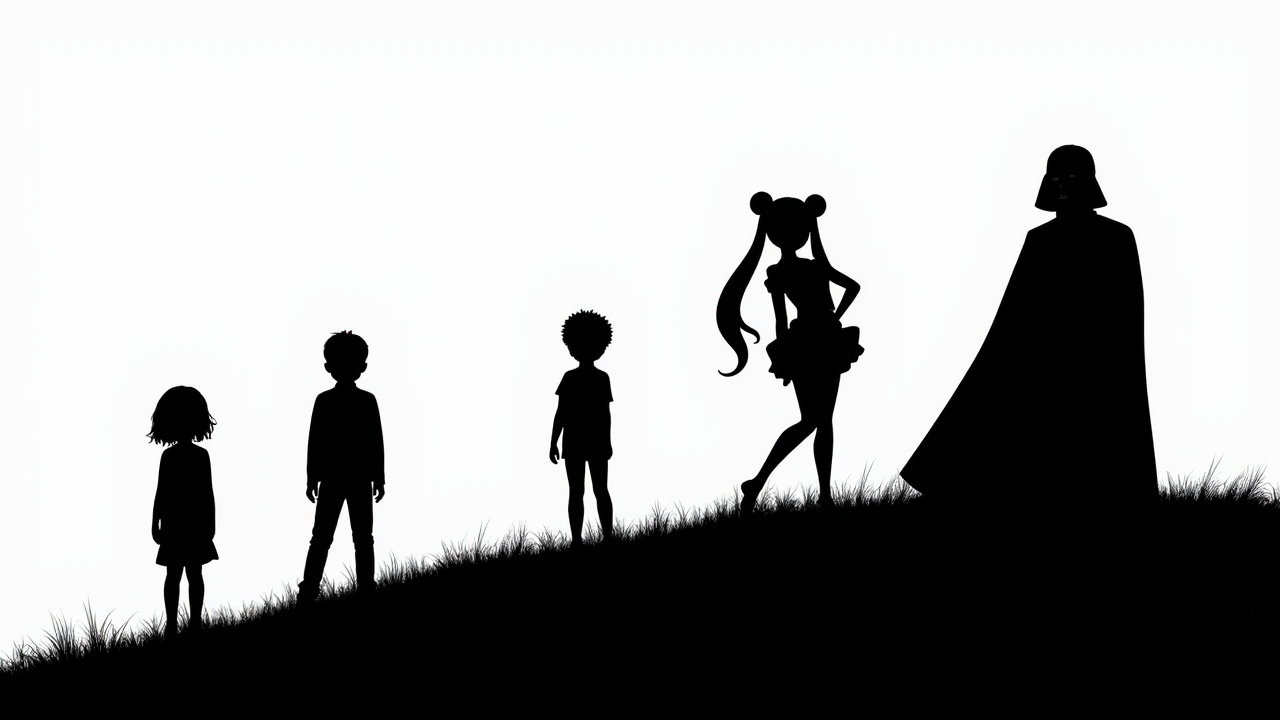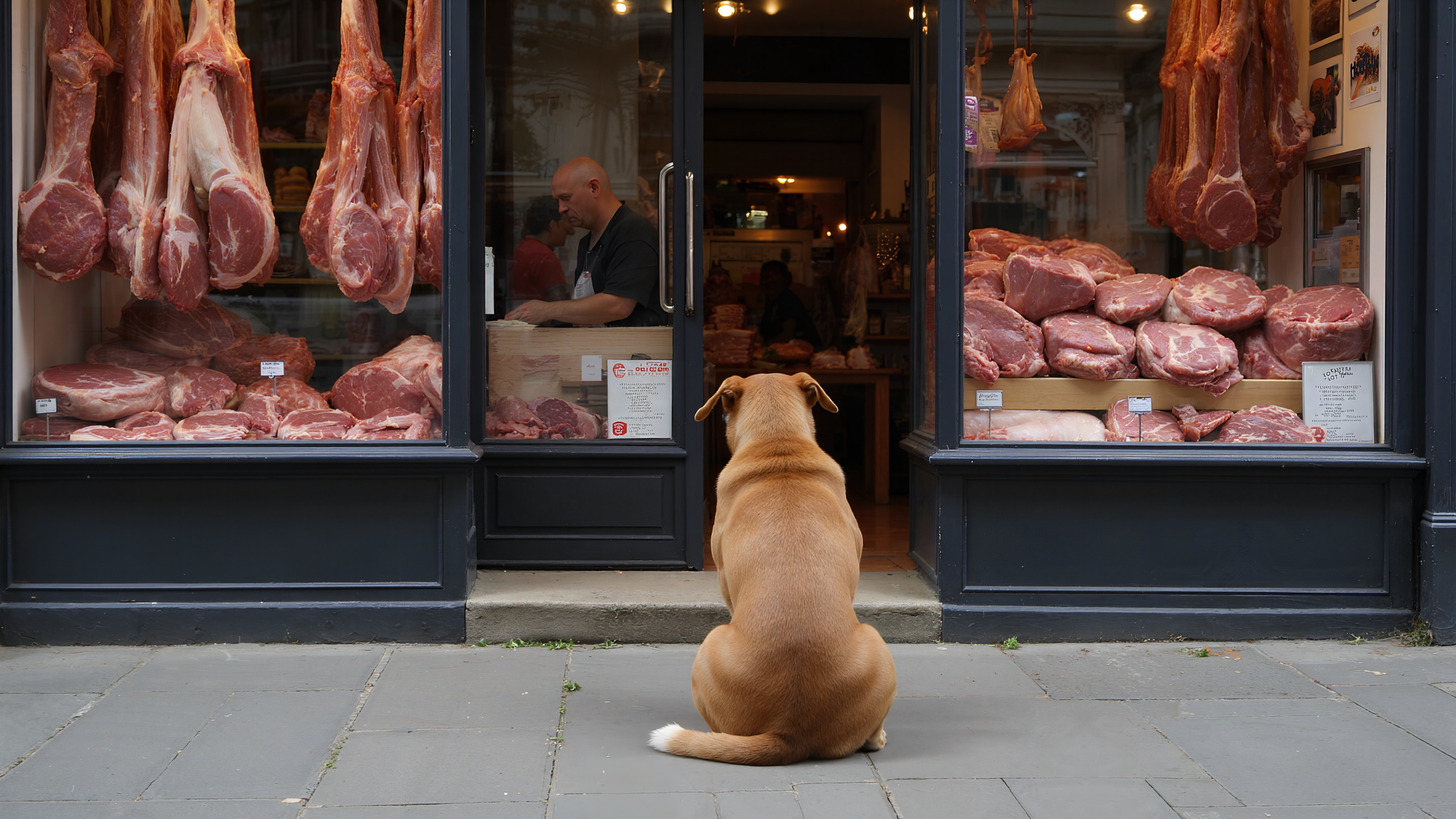The image is a photograph.
The image is in a darkened bar.
The image is high-contrast.
The image has a noir theme.
The bar's walls are paneled in dark wood. The bar's flooring is dark green marble tile.
In the center of the image, there is a singer named Jill.
Jill is singing into microphone on a boom mount. Jill is wearing a long, red, clingy, sequinned dress. Jill is w>earing black heels. Jill has shoulder-length, soft-curled, auburn hair. Jill is beautiful. Jill's eyes are closed.
Jill is the focus of the image.
A musician named Bob is in the left half of the image.
Bob is a young man. Bob is wearing a white shirt with the top button open. Bob is wearing a brown suit jacket and brown trousers. Bob is leaning against the back wall and playing a plain acoustic guitar in the background behind Jill. Bob's eyes are closed. Bob is relaxed. Bob is heavily-shadowed.
The lighting is dramatic. Jill is illuminated with stage lighting.
There are two patrons wearing dark suits sitting on chairs in the right half of the image watching Jill.
Everything other than Jill is colored in muted, low-saturation, earth tones.










I use Google's Noto Sans as my default browser sans-serif font. It does a better job having a different capital-I and lower-case-l than does Calibri:
http://www.identifont.com/differences?first=Noto+Sans&second=Calibri